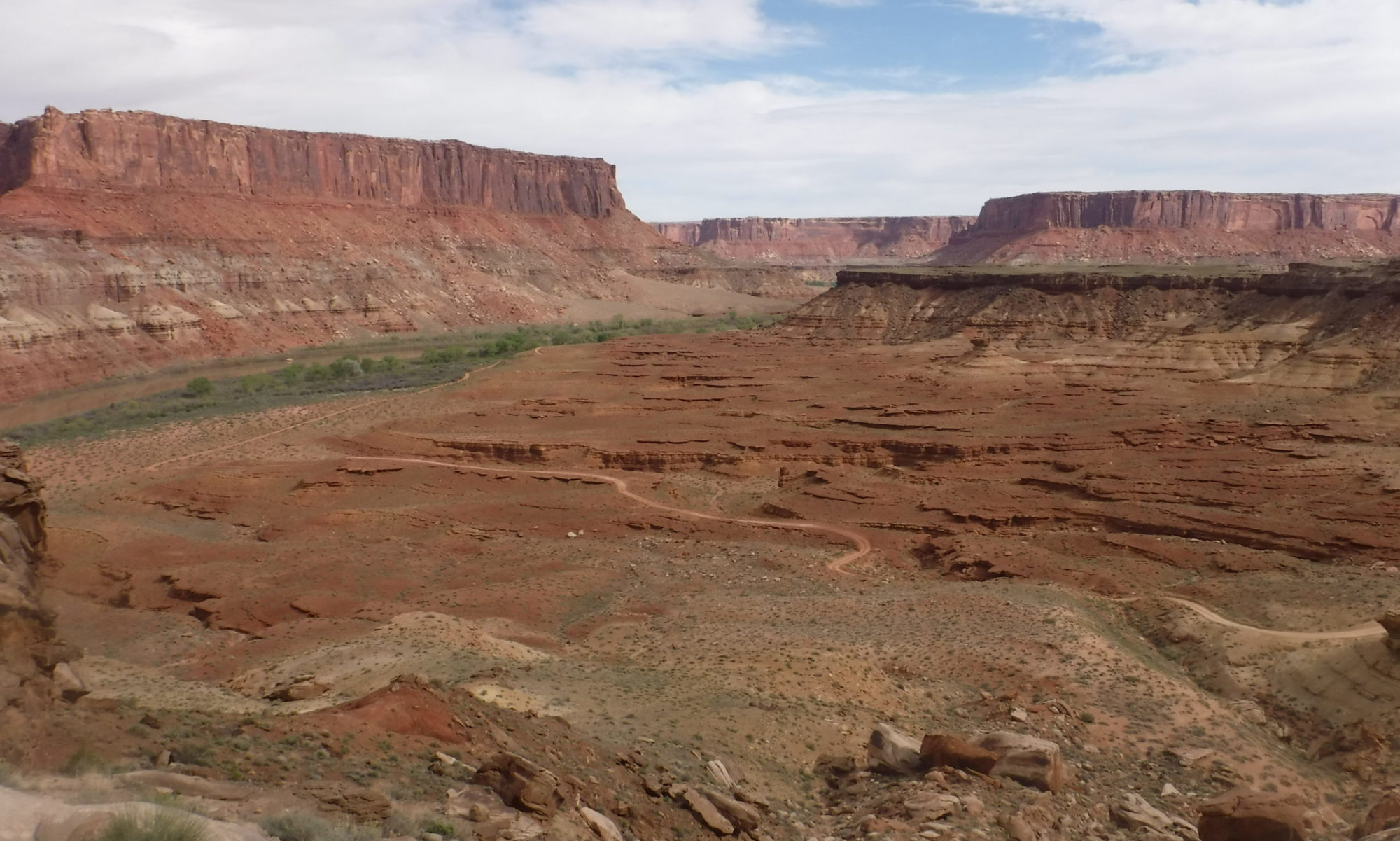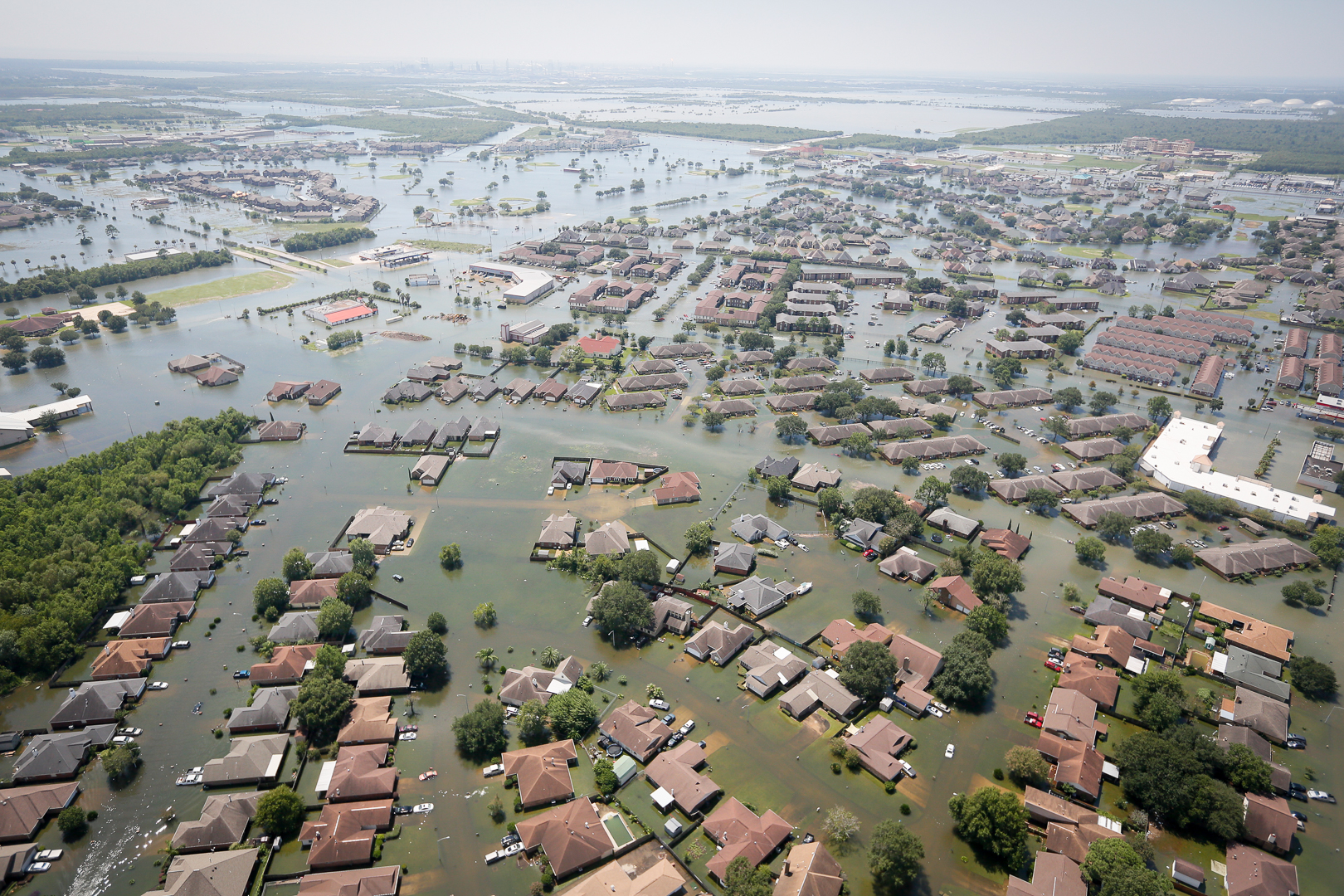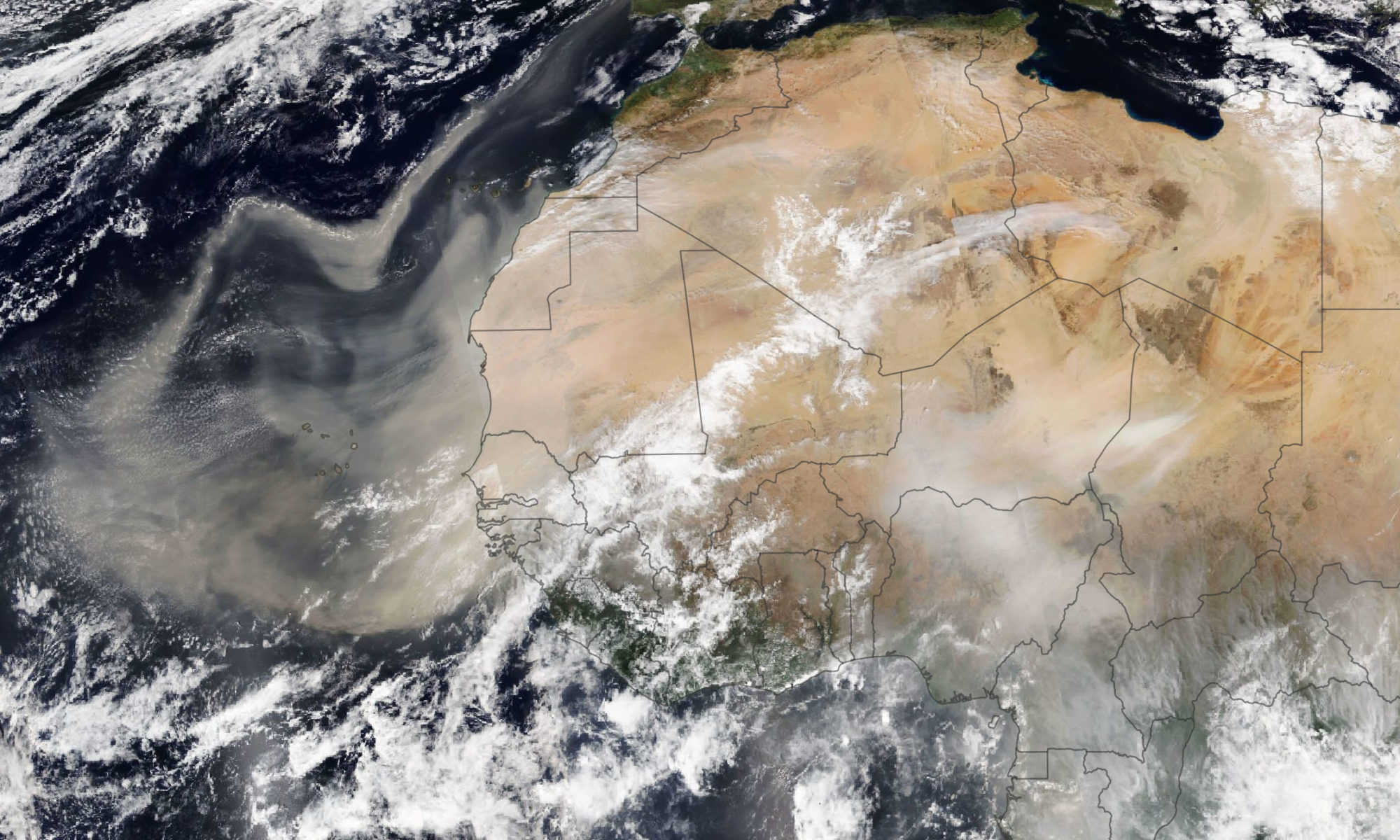Feature Image: Flooding in Port Arthur, Texas on August 31, 2017 from Hurricane Harvey. Image from Wikimedia.
Article: Assessment of Future Flood Hazards for Southeastern Texas: Synthesizing Subsidence, Sea‐Level Rise, and Storm Surge Scenarios
Authors: M. M. Miller and M. Shirzaei
Residents of southeastern Texas are not strangers to hurricane landfalls, including Hurricane Harvey in 2017, which caused 80 fatalities and damaged over 80,000 houses without flood insurance. With the population of coastal areas in the United States expected to continue to grow, understanding how hurricane-associated flooding will change in the future is essential for informing policy decisions and flood resilience strategies. Unfortunately southeastern Texas is facing a triple threat of factors that increase the risk of flooding during hurricane landfalls: land subsidence, sea level rise, and more intense hurricanes.
Continue reading “The growing threat of hurricane-associated flooding in southeastern Texas”

